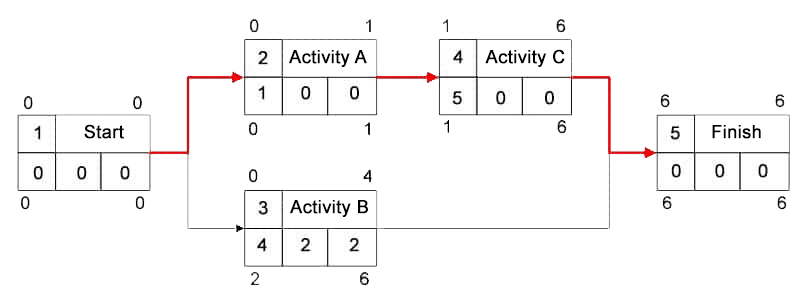What is Forward Planning?
Smartpedia: The Forward Planning determines the timeframe for the end of the project from a defined starting point by scheduling activities and buffers logically and chronologically.
Forward planning – schedule the end of the project at the start of the project
Forward planning – also known as forward calculation or forward scheduling – is used in production planning and project planning as scheduling or sequencing. Starting from a known starting point, activities and possible buffers are scheduled logically and chronologically until the end of the project. In addition to the duration of individual activities, the calculation of the date also depends significantly on the relationships between the activities:
- The Finish-to-Start relationship – also called normal sequence – means that a subsequent activity can begin when the predecessor activity ends.
- The Start-to-Start relationship – also called the start sequence – says that activities can start at the same time.
- The Finish-to-Finish relationship – also called the end sequence – specifies that a successor activity can be terminated once the predecessor activity has ended.
- The Start-to- Finish relationship – also known as Jump sequence – defines that a follow-up activity cannot end until the predecessor activity has been started.
Here is an example of a forward plan as used in a precedence diagram. The counterpart to the forward planning is the backward planning, which is also used to create precedence diagrams.
Note:
Here you can find a detailed description of precedance diagrams and the precedance diagram method.
If you like the article or would like to discuss it, please feel free to share it in your network. And if you have any comments, please do not hesitate to send us a message.
Here you can find additional information from our t2informatik Blog:



